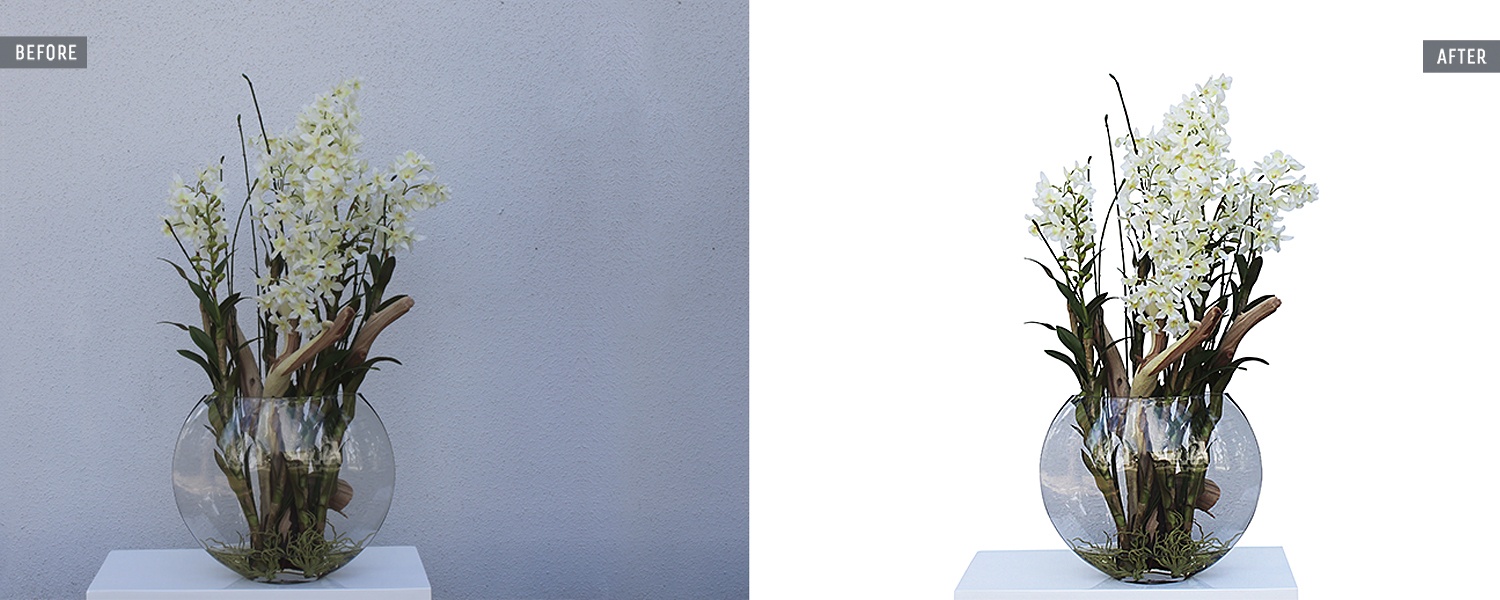Best Background Removal Services in Bangladesh with 100+ Expert Designers
Clipping Lab BD is a leading photo editing company specialized in advanced image background removal services with the quickest turnaround time. With 10+ years of industry experience & having 1M+ image backgrounds removed to date, we take pride in being considered as a #1 choice for customers looking for the best Background Removal Services Company in Bangladesh.
In the new era of eCommerce, presentation and perception can make or break any business. Your product image conveys your credibility and professionalism to your customers. Our brains respond so quickly to images and color in comparison to other types of information and that is why an image is an almost irresistible draw on any online platform.
At Clipping Lab BD, our mission is to provide one-stop image background removal solutions with high-quality output. Our background removal services include Simple background removal, Complex background removal, Image masking, Ghost mannequin, Removing unwanted elements from the background, Adding/removing shadows, Adding/removing reflections & more.

Why Outsource Background Removal Services to us?
24X7
Operations
On-Time
Delivery
100% Privacy
& Security
100+ Expert
Designers
Unlimited Free
Revisions
High Discounts
on Bulk Orders
Categories of Image Background Removal and Editing Service
All clients don’t have the same needs when it comes to fixing image background issues. E-commerce sellers will be more curious about stuff like background removal, turning image background into transparent background, white background, colored background services, etc. But pro photographers will look for something beyond that like background swap, background blurring, background merging, etc. Depending on the requirements of clients we provide an array of background removal and editing service-
Methods We Apply to Remove Background from images
There are multiple ways available to remove background from images. But we basically make use of clipping path and image masking leveraging the deft touch of our background removal professionals. To get an idea about both these methods, don’t leave without skimming through the segments below-
Background Removal Applying Clipping Path
In order to remove the background of an image, we primarily utilize the clipping path technique. In the process of clipping the path, we cut out a 2D image using the pen tool from Photoshop to bring out a perfect output. At first, our professional photo editors draw a path around the edge of a subject. Once the path drawing is complete, the image background is removed and the subject remains as part of the image.
Clipping path is generally applied to the photographs that contain objects having hard and smooth edges like tables, chairs, mannequins, etc. For the sake of providing better output, we categorize the clipping path into 6 different parts based on product difficulty- basic, simple, medium, complex, multiple, and super-complex.

Background Removal Applying Image Masking
When the clipping path technique isn’t adequate to maintain perfection in background cut-out, image masking is the go-to one then. Image masking is a strategy we apply in objects having soft and rough edges using a pen tablet (Wacom) that enables hand-drawing and selecting images with accuracy. The remaining portions having a hard edge are drawn and selected by the pen tool of Adobe Photoshop. To remove background through image masking, the subject of an image is masked or hidden and the background is revealed. Once the masking is done, the background is eliminated afterward.
There are many images having complex shapes with curves and turn, blurred and furry edge in which image masking technique is inevitable to get perfection in editing. For example, human hair, animal fur, feather, blanket, smoke, flame, lighting, muslin, glass, etc. Depending on the needs of an image, we apply different sorts of image masking techniques to cut out the background. They include layer masking, alpha channel masking, fur and hair masking, clipping mask, transparent masking, translucent masking, refine edge masking, and color masking.











